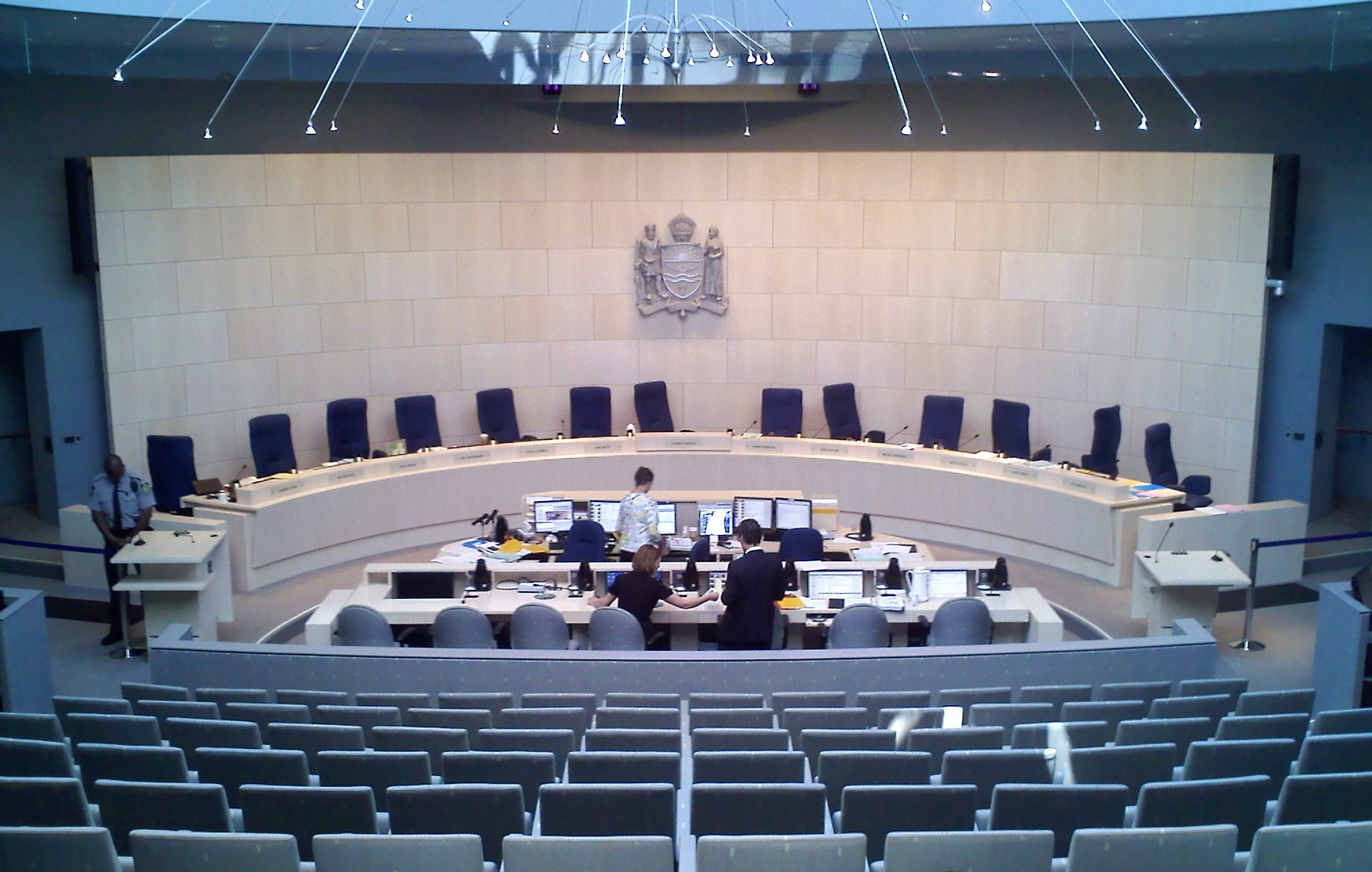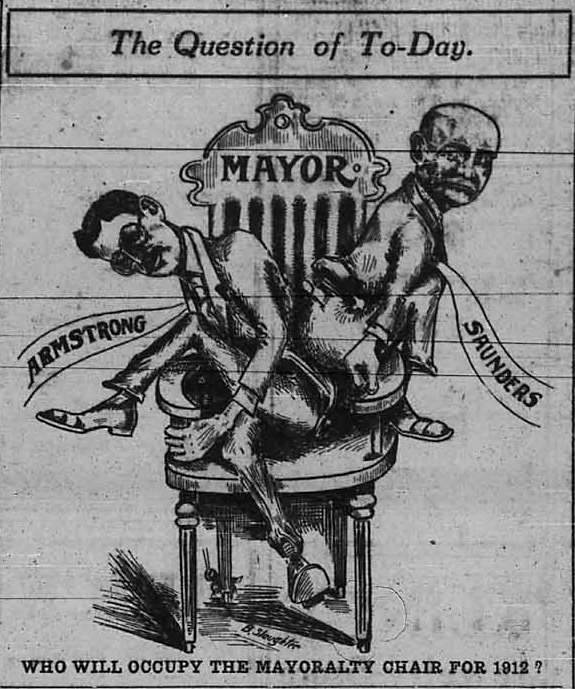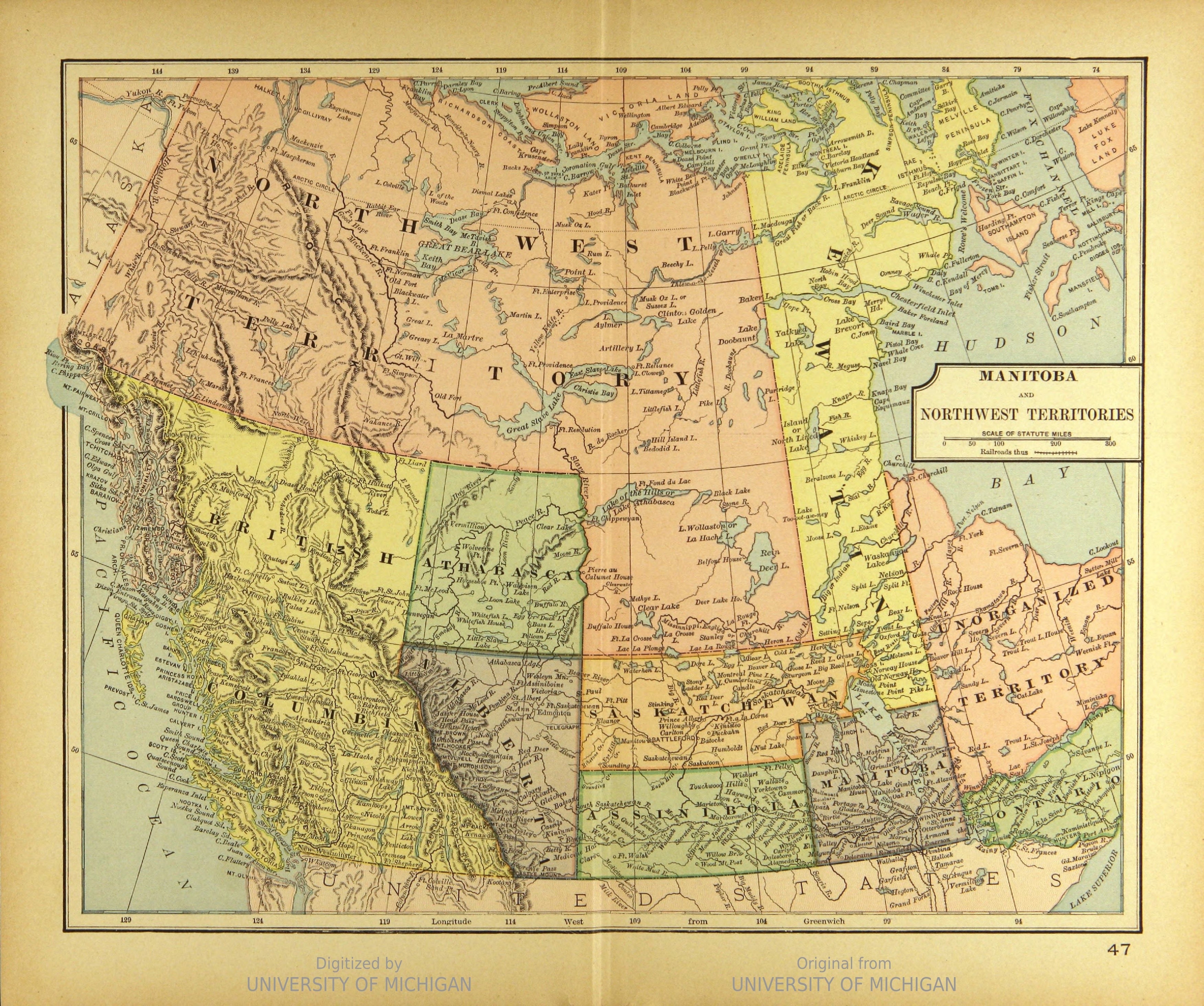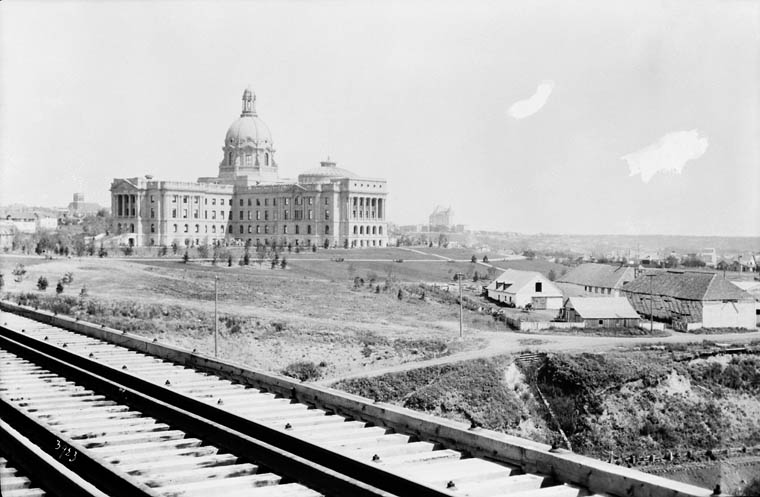|
James Kinney
James Andrew Kinney (December 10, 1869 – June 10, 1941) was a politician in Alberta, Canada and the first Labour member of the Edmonton City Council.Edmonton Bulletin, Dec. 9, 1913 Kinney was born in Ontario in 1869. He served as the first president of the Edmonton Trades and Labour Council in 1906, and was one of the first secretaries of the Edmonton Lodge of the International Brotherhood of Carpenters and Joiners in 1913, in which he served "many years", and at one time, being western Canada's representative for the International Carpenters' Union. He served on the Edmonton city council 1914 to 1915 and 1917 to 1920. He served as member of the Alberta Workmen's Compensation Board from 1918 to 1935, and was president of the Alberta Labour Federation in 1920. Kinney died at his Edmonton home in 1941 following a brief illness. His remains were cremated Cremation is a method of final disposition of a dead body through burning. Cremation may serve as a funeral or ... [...More Info...] [...Related Items...] OR: [Wikipedia] [Google] [Baidu] |
Edmonton City Council
The Edmonton City Council is the governing body of the City of Edmonton, Alberta, Canada. Edmonton currently has one mayor and twelve city councillors. Elections are held every four years. The most recent was held in 2021, and the next is in 2025. The mayor is elected across the whole city, through the First Past the Post plurality voting system. Councillors are elected one per ward, a division of the city, through the First Past the Post plurality voting system. On July 22, 2009, City Council voted to change the electoral system of six wards to a system of 12 wards; each represented by a single councillor. The changes took effect in the 2010 election. In the 2010 election, Edmonton was divided into 12 wards each electing one councillor. Before that system was adopted in 1980, the city at different times used a variety of different electoral systems for the election of its councillors: two different systems of wards, one using FPTP, the other Block Voting systems; at-large ele ... [...More Info...] [...Related Items...] OR: [Wikipedia] [Google] [Baidu] |
Labour Candidates And Parties In Canada
There have been various groups in Canada that have nominated candidates under the label Labour Party or Independent Labour Party, or other variations from the 1870s until the 1960s. These were usually local or provincial groups using the Labour Party or Independent Labour Party name, backed by local labour councils made up of many union locals in a particular city, or individual trade unions. There was an attempt to create a national Canadian Labour Party in the late 1910s and in the 1920s, but these were only partly successful. The Communist Party of Canada (CPC), formed in 1921, fulfilled some of labour's political yearnings from coast to coast, and then the Co-operative Commonwealth Federation (CCF) – Worker Farmer Socialist was formed in 1932. With organic ties to the organized labour movement, this was a labour party by definition. Prior to the CCFs formation in 1932, the Socialist Party of Canada was strong in British Columbia and in Alberta before World War I, while the ... [...More Info...] [...Related Items...] OR: [Wikipedia] [Google] [Baidu] |
Ontario
Ontario ( ; ) is one of the thirteen provinces and territories of Canada.Ontario is located in the geographic eastern half of Canada, but it has historically and politically been considered to be part of Central Canada. Located in Central Canada, it is Canada's most populous province, with 38.3 percent of the country's population, and is the second-largest province by total area (after Quebec). Ontario is Canada's fourth-largest jurisdiction in total area when the territories of the Northwest Territories and Nunavut are included. It is home to the nation's capital city, Ottawa, and the nation's most populous city, Toronto, which is Ontario's provincial capital. Ontario is bordered by the province of Manitoba to the west, Hudson Bay and James Bay to the north, and Quebec to the east and northeast, and to the south by the U.S. states of (from west to east) Minnesota, Michigan, Ohio, Pennsylvania, and New York. Almost all of Ontario's border with the United States f ... [...More Info...] [...Related Items...] OR: [Wikipedia] [Google] [Baidu] |
Edmonton
Edmonton ( ) is the capital city of the Canadian province of Alberta. Edmonton is situated on the North Saskatchewan River and is the centre of the Edmonton Metropolitan Region, which is surrounded by Alberta's central region. The city anchors the north end of what Statistics Canada defines as the " Calgary–Edmonton Corridor". As of 2021, Edmonton had a city population of 1,010,899 and a metropolitan population of 1,418,118, making it the fifth-largest city and sixth-largest metropolitan area (CMA) in Canada. Edmonton is North America's northernmost large city and metropolitan area comprising over one million people each. A resident of Edmonton is known as an ''Edmontonian''. Edmonton's historic growth has been facilitated through the absorption of five adjacent urban municipalities ( Strathcona, North Edmonton, West Edmonton, Beverly and Jasper Place) hus Edmonton is said to be a combination of two cities, two towns and two villages./ref> in addition to a seri ... [...More Info...] [...Related Items...] OR: [Wikipedia] [Google] [Baidu] |
Alberta
Alberta ( ) is one of the thirteen provinces and territories of Canada. It is part of Western Canada and is one of the three prairie provinces. Alberta is bordered by British Columbia to the west, Saskatchewan to the east, the Northwest Territories (NWT) to the north, and the U.S. state of Montana to the south. It is one of the only two landlocked provinces in Canada (Saskatchewan being the other). The eastern part of the province is occupied by the Great Plains, while the western part borders the Rocky Mountains. The province has a predominantly continental climate but experiences quick temperature changes due to air aridity. Seasonal temperature swings are less pronounced in western Alberta due to occasional Chinook winds. Alberta is the fourth largest province by area at , and the fourth most populous, being home to 4,262,635 people. Alberta's capital is Edmonton, while Calgary is its largest city. The two are Alberta's largest census metropolitan areas. More than ... [...More Info...] [...Related Items...] OR: [Wikipedia] [Google] [Baidu] |
Labour Parties And Candidates In Canada
There have been various groups in Canada that have nominated candidates under the label Labour Party or Independent Labour Party, or other variations from the 1870s until the 1960s. These were usually local or provincial groups using the Labour Party or Independent Labour Party name, backed by local labour councils made up of many union locals in a particular city, or individual trade unions. There was an attempt to create a national Canadian Labour Party in the late 1910s and in the 1920s, but these were only partly successful. The Communist Party of Canada (CPC), formed in 1921, fulfilled some of labour's political yearnings from coast to coast, and then the Co-operative Commonwealth Federation (CCF) – Worker Farmer Socialist was formed in 1932. With organic ties to the organized labour movement, this was a labour party by definition. Prior to the CCFs formation in 1932, the Socialist Party of Canada was strong in British Columbia and in Alberta before World War I, while the D ... [...More Info...] [...Related Items...] OR: [Wikipedia] [Google] [Baidu] |
Edmonton Bulletin
The ''Edmonton Bulletin'' was a newspaper in Edmonton, Alberta, published from 1880 until January 20, 1951. It was founded by Edmonton pioneer Frank Oliver, a future Liberal politician and cabinet minister in the Canadian Government. Oliver co-founded the paper with Alex Taylor, the city's first telegraph operator, in 1880. It was Edmonton's undisputed foremost newspaper until the ''Edmonton Journal The ''Edmonton Journal'' is a daily newspaper in Edmonton, Alberta. It is part of the Postmedia Network. History The ''Journal'' was founded in 1903 by three local businessmen — John Macpherson, Arthur Moore and J.W. Cunningham — as ...'' was founded in 1903. The ''Journal'' took an editorial stance friendly to the Conservative Party, in contrast to the ''Bulletin'' which was the Liberal Oliver's mouthpiece. The ''Bulletin'' folded on January 20, 1951. References History of the Edmonton Journal [...More Info...] [...Related Items...] OR: [Wikipedia] [Google] [Baidu] |
Western Canada
Western Canada, also referred to as the Western provinces, Canadian West or the Western provinces of Canada, and commonly known within Canada as the West, is a Canadian region that includes the four western provinces just north of the Canada–United States border namely (from west to east) British Columbia, Alberta, Saskatchewan and Manitoba. The people of the region are often referred to as "Western Canadians" or "Westerners", and though diverse from province to province are largely seen as being collectively distinct from other Canadians along cultural, linguistic, socioeconomic, geographic, and political lines. They account for approximately 32% of Canada's total population. The region is further subdivided geographically and culturally between British Columbia, which is mostly on the western side of the Canadian Rockies and often referred to as the "west coast", and the "Prairie Provinces" (commonly known as "the Prairies"), which include those provinces on the easte ... [...More Info...] [...Related Items...] OR: [Wikipedia] [Google] [Baidu] |
Alberta Labour Federation
Alberta ( ) is one of the thirteen provinces and territories of Canada. It is part of Western Canada and is one of the three prairie provinces. Alberta is bordered by British Columbia to the west, Saskatchewan to the east, the Northwest Territories (NWT) to the north, and the U.S. state of Montana to the south. It is one of the only two landlocked provinces in Canada (Saskatchewan being the other). The eastern part of the province is occupied by the Great Plains, while the western part borders the Rocky Mountains. The province has a predominantly continental climate but experiences quick temperature changes due to air aridity. Seasonal temperature swings are less pronounced in western Alberta due to occasional Chinook winds. Alberta is the fourth largest province by area at , and the fourth most populous, being home to 4,262,635 people. Alberta's capital is Edmonton, while Calgary is its largest city. The two are Alberta's largest census metropolitan areas. More than half of Al ... [...More Info...] [...Related Items...] OR: [Wikipedia] [Google] [Baidu] |
Cremated
Cremation is a method of final disposition of a dead body through burning. Cremation may serve as a funeral or post-funeral rite and as an alternative to burial. In some countries, including India and Nepal, cremation on an open-air pyre is an ancient tradition. Starting in the 19th century, cremation was introduced or reintroduced into other parts of the world. In modern times, cremation is commonly carried out with a closed furnace (cremator), at a crematorium. Cremation leaves behind an average of 2.4 kg (5.3 lbs) of remains known as "ashes" or "cremains". This is not all ash but includes unburnt fragments of bone mineral, which are commonly ground into powder. They do not constitute a health risk and may be buried, interred in a memorial site, retained by relatives or scattered in various ways. History Ancient Cremation dates from at least 17,000 years ago in the archaeological record, with the Mungo Lady, the remains of a partly cremated body found at ... [...More Info...] [...Related Items...] OR: [Wikipedia] [Google] [Baidu] |
Edmonton City Councillors
Edmonton ( ) is the capital city of the Canadian province of Alberta. Edmonton is situated on the North Saskatchewan River and is the centre of the Edmonton Metropolitan Region, which is surrounded by Alberta's central region. The city anchors the north end of what Statistics Canada defines as the " Calgary–Edmonton Corridor". As of 2021, Edmonton had a city population of 1,010,899 and a metropolitan population of 1,418,118, making it the fifth-largest city and sixth-largest metropolitan area (CMA) in Canada. Edmonton is North America's northernmost large city and metropolitan area comprising over one million people each. A resident of Edmonton is known as an ''Edmontonian''. Edmonton's historic growth has been facilitated through the absorption of five adjacent urban municipalities ( Strathcona, North Edmonton, West Edmonton, Beverly and Jasper Place) hus Edmonton is said to be a combination of two cities, two towns and two villages./ref> in addition to a series o ... [...More Info...] [...Related Items...] OR: [Wikipedia] [Google] [Baidu] |
Canadian Trade Unionists
Canadians (french: Canadiens) are people identified with the country of Canada. This connection may be residential, legal, historical or cultural. For most Canadians, many (or all) of these connections exist and are collectively the source of their being ''Canadian''. Canada is a multilingual and multicultural society home to people of groups of many different ethnic, religious, and national origins, with the majority of the population made up of Old World immigrants and their descendants. Following the initial period of French and then the much larger British colonization, different waves (or peaks) of immigration and settlement of non-indigenous peoples took place over the course of nearly two centuries and continue today. Elements of Indigenous, French, British, and more recent immigrant customs, languages, and religions have combined to form the culture of Canada, and thus a Canadian identity. Canada has also been strongly influenced by its linguistic, geographic, and ... [...More Info...] [...Related Items...] OR: [Wikipedia] [Google] [Baidu] |







